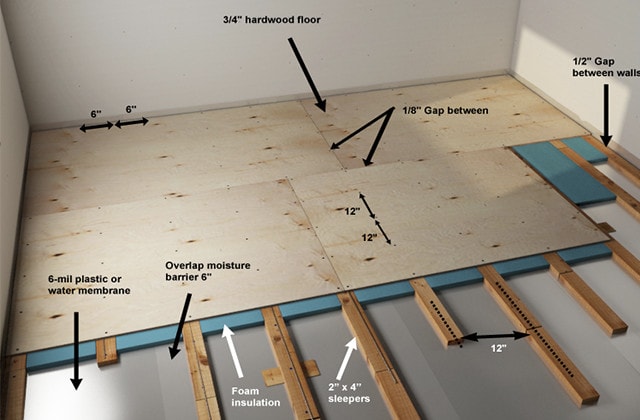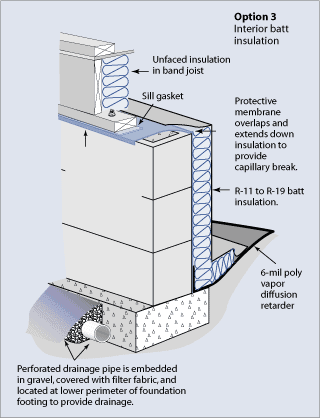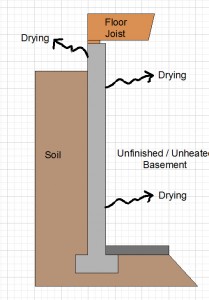Run Vapor Barrier On Floor 2 Inches Up Wall

Our code requires an interior vapor barrier on all interior walls.
Run vapor barrier on floor 2 inches up wall. The house is in the mountains and will be closed up for periods of time sometimes several months. A vapor barrier consists of one or more layers of sheet plastic 6 mil visqueen on top of the soil in the crawlspace or basement. Many local codes require board insulations on interior walls be covered by a fire barrier such as 1 2 inch drywall. Inside we have 2x4 stud walls 1 2 inch from the block wall.
Up the wall and fasten it there. And bring the plastic about 6 in. Moisture barrier run up the wall a bit before cutting to size. The science of moisture movement.
It is for a bathroom with a tiled shower. Thus installing vapor barriers on wall surfaces must. Crawl space access access to the crawl space must be provided through openings that are no smaller than 18 x 24 inches if they are in the floor or 16 x 24 inches if they are the perimeter walls of the crawlspace. Per foot is usually the best thing you can do to reduce crawlspace moisture.
Sloping the soil away from your home at about 1 2 in. If you d rather have someone else take on this less than desirable job an entirely new industry has cropped up consisting of firms that specialize in crawlspace finishing systems. My basement wall is insulated with a 2 inches of styrofoam on the interior and i built a 2 4 wall and added roxul insulation. I live in central ontario canada.
Overlap any seams and tape them. Cover the dirt crawlspace with a plastic moisture polyethylene vapor barrier. Leave at least 2 to 3 inches on each side which will overlap against the wall. The other vapor barrier is created with your floor insulation.
I planned to install vapor barrier on top. That vapor barrier is laid directly on the dirt and the seams are overlapped at least 12 inches. Water vapor can pass through building materials in several ways including direct transmission and by heat transfer but studies suggest that fully 98 percent of the moisture transfer through walls occurs through air gaps including cracks around electrical fixtures and outlets and gaps along baseboards. Roll the moisture barrier onto the floor lengthwise.
A molding will be attached to this later for wooden subfloors cut the moisture barrier 1 inch from the wall the purpose of the moisture barrier running up the wall when installed over concrete is to help contain excess moisture below the moisture barrier.



















